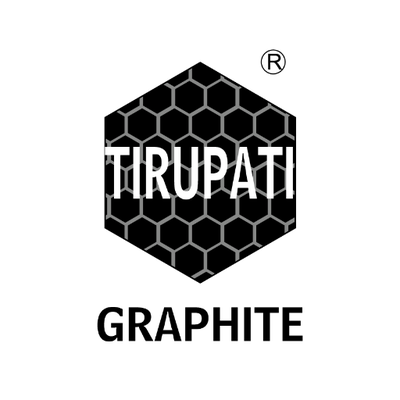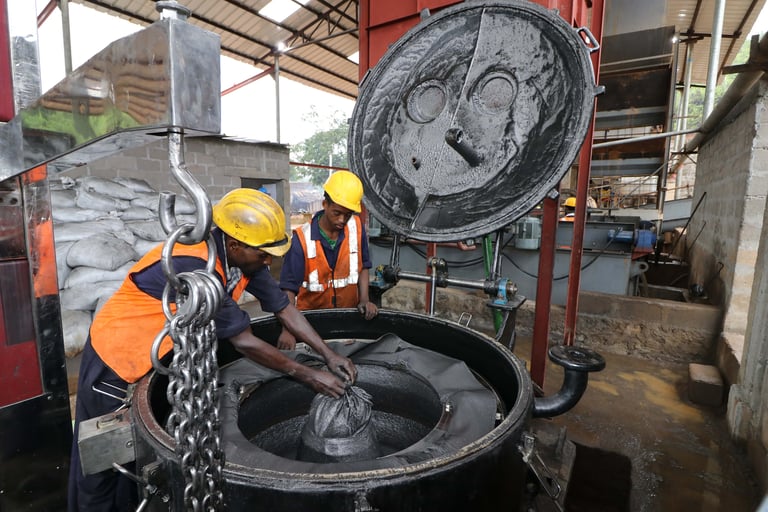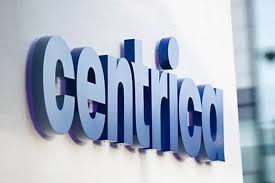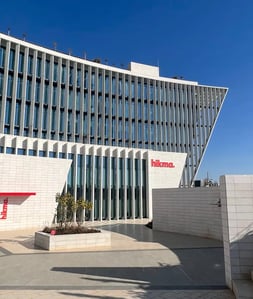Vanadium is beginning to shift from an overlooked industrial metal to a serious contender in large‑scale energy storage. This reclassification is about how specific use cases in the energy transition are forcing a reassessment of what constitutes a strategically valuable material.
What is driving this shift is the growing recognition of the limitations of conventional lithium‑ion batteries when applied to long‑duration, grid‑scale storage, and the corresponding search for alternative chemistries. One metal that happens to fit some of these emerging requirements is vanadium, particularly via redox flow battery technologies. These systems leverage vanadium’s ability to cycle between oxidation states in a liquid electrolyte, separated from the power‑generating electrodes, which yields benefits in terms of lifespan, scalability and safety.
The shift in fundamentals, from steel‑driven demand to energy‑storage–driven demand, may lead to greater visibility of structural changes in vanadium’s market dynamics. For example, the policy frameworks around critical minerals are nudging mining companies and governments to prioritise minerals with dual industrial and energy‑transition relevance. Applying that lens, vanadium emerges as a metal worth attention because it complements certain storage niches, especially long‑duration, stationary applications, where lithium‑ion is not optimal.
Tirupati Graphite PLC (LON:TGR) is a fully integrated specialist graphite and graphene producer, with operations in Madagascar and Mozambique. The Company is delivering on this strategy by being fully integrated from mine to graphene. Its global multi-location operations include primary mining and processing in Madagascar, hi-tech graphite processing in India to produce specialty graphite, and a state-of-art graphene and technology R&D center to be established in India.






































